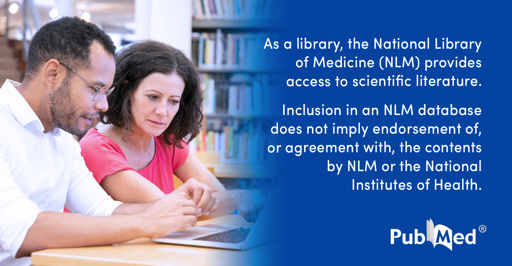Angiology. 2025 Nov 6:33197251384353. doi: 10.1177/00033197251384353. Online ahead of print.
ABSTRACT
Epilepsy, antiepileptic drugs (AEDs), and adjuvant treatments may correlate with the development of subclinical atherosclerosis. We performed a systematic review and meta-analysis to evaluate the effects of epilepsy, AEDs, and adjuvant treatments on the structural and functional markers of subclinical atherosclerosis represented by carotid intima-media thickness (cIMT), epicardial adipose tissue thickness (EATT), and flow-mediated vasodilation (FMD). Weighted mean differences (WMD) and corresponding 95% confidence intervals (CIs) were analyzed. Thirty-one studies were included with 9 different outcomes. Compared with controls, the epileptic patients demonstrated significantly thicker cIMT (WMD [95% CI] = 0.063 [0.045-0.080], P < .001) and EATT (WMD [95% CI] = 1.985 [1.630-2.341], P < .001). There was no significant difference in FMD (P > .050). Moreover, cIMT was still thicker in the epileptic patients on old AEDs compared with those on new AEDs (WMD [95% CI] = 0.038 [0.000-0.076], P = .050), on multi-AEDs compared with on mono-AEDs (WMD [95% CI] = 0.025 [0.021-0.029], P < .001), and on enzyme-inducing AEDs compared with on non-enzyme-inducing AEDs (WMD [95% CI] = 0.027 [0.006-0.047], P = .011). No significant differences in cIMT were detected in any comparison of adjuvant treatments (ketogenic diet, Atkins diet, and folic acid supplements; all P > .050). Epilepsy and AEDs, especially old AEDs, multi-AEDs, and enzyme-inducing AEDs, could exacerbate the development of subclinical atherosclerosis. Early prevention as well as timely intervention for subclinical atherosclerosis should be considered for these patients.
PMID:41194708 | DOI:10.1177/00033197251384353
From ketogenic via this RSS feed


